John C Teufel
age ~63
from West Long Branch, NJ
- Also known as:
-
- John G Teufel
- Phone and address:
-
6 Victor Ave, West Long Branch, NJ 07764
(732)2223588
John Teufel Phones & Addresses
- 6 Victor Ave, West Long Branch, NJ 07764 • (732)2223588 • (732)5714276
- W Long Branch, NJ
- Long Branch, NJ
- Eatontown, NJ
- 6 Victor Ave, West Long Branch, NJ 07764 • (732)2223588
Work
-
Company:FreelanceApr 2014
-
Position:Writer and social media marketer
Education
-
School / High School:Brooklyn Law School- Brooklyn, NY2010
-
Specialities:Juris Doctor in Law
Skills
Writing • Social Media • Press Releases • Marketing • Web Copy • Law.
Resumes

John Teufel
view source
John Teufel
view source
John Teufel
view source
John Teufel
view source
Damage Controlman
view sourceWork:
Us Navy
Damage Controlman
Damage Controlman

John Teufel
view source
Marketing Associate At Comodo
view sourceLocation:
Greater New York City Area
Industry:
Program Development
Classmates

John Teufel
view sourceSchools:
Bates Junior High School Annapolis MD 1976-1979
Community:
James Bowie

John Teufel
view sourceSchools:
Lane High School Charlottesville VA 1965-1969
Community:
Janice Held, Mike Hawkins, Angela Carr

John Teufel
view sourceSchools:
Lane High School Charlottesville VA 1965-1969
Community:
Janice Held, Mike Hawkins, Angela Carr

John Teufel
view sourceSchools:
St. Patrick High School Chicago IL 1996-2000
Community:
Frank Giunta, Joe Butera, Rick Hines, Patrick Murphy

John Teufel (John Teufel)
view sourceSchools:
St. Elizabeth School New York NY 1942-1946
Community:
Mary Youmans, John Rows, Maritza Palacios, Donald Waller, Angelica Angelica

Bates Junior High School,...
view sourceGraduates:
John Teufel (1976-1979),
Lauren Downs (1996-2000),
Kim Hall (1994-1998),
Tierra Williams (2005-2009),
Andrea Jasper (1967-1968),
James Mocia (1996-2000)
Lauren Downs (1996-2000),
Kim Hall (1994-1998),
Tierra Williams (2005-2009),
Andrea Jasper (1967-1968),
James Mocia (1996-2000)

Warrior Run High School, ...
view sourceGraduates:
John Teufel (1961-1965),
James Martin (1956-1960),
Mickey Emery (1978-1982),
Tracey Golder (1983-1987),
Michelle Andricak (1975-1979)
James Martin (1956-1960),
Mickey Emery (1978-1982),
Tracey Golder (1983-1987),
Michelle Andricak (1975-1979)

St. Elizabeth School, New...
view sourceGraduates:
John John Teufel (1942-1946),
Awilda Veloz (1986-1990),
Erika Wierl (1956-1961),
Karol Rodriguez (1985-1989),
Patricia Behr (1973-1977)
Awilda Veloz (1986-1990),
Erika Wierl (1956-1961),
Karol Rodriguez (1985-1989),
Patricia Behr (1973-1977)
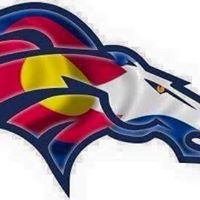
John Teufel Jr
view source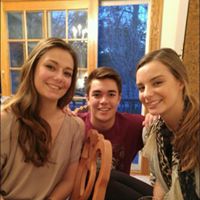
John Teufel
view source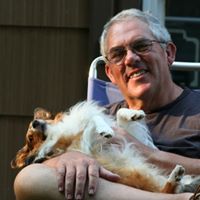
John Teufel
view source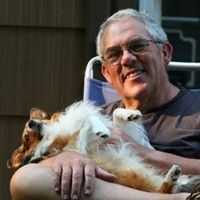
John Teufel
view source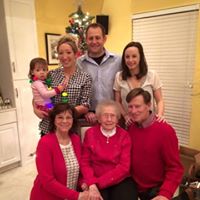
John Teufel
view source
John Teufel
view source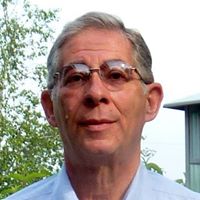
John Teufel
view source
John Teufel
view sourceMyspace
Youtube
News

Now for a really cool micro-drum solo: Boffins chill objects below quantum limit
view source- uld ever cool an object using light. While laser cooling (or sideband cooling) is a well-known technique for cooling, the quantum noise of the light means that you can never get perfectly cold, even in principle, John Teufel, who led the experiment and is coauthor of the paper, told TheRegister.
- Date: Jan 12, 2017
- Category: Sci/Tech
- Source: Google

Quantum Computing: 'Squeezed Light' Technique To Cool Small Objects Below 'Quantum Limit' Could Aid Development
view source- NIST researchers applied a special form of microwave light to cool a microscopic aluminum drum to an energy level below the generally accepted limit, to just one fifth of a single quantum of energy. Photo: John Teufel/National Institute of Standards and Technology
- Date: Jan 12, 2017
- Category: Sci/Tech
- Source: Google

A super-cool science story about a really cold thing
view source- The new technique will allow physicists to make stuff colder than previously thought possible, said lead author John Teufel, a physicist at the NIST facility in Boulder. It opens the door to building instruments of unprecedented sensitivity, and to understanding quantum mechanics one of physics's
- Date: Jan 11, 2017
- Source: Google

Physicists 'squeeze' light to cool microscopic drum below quantum limit
view source- "The colder you can get the drum, the better it is for any application," said NIST physicist John Teufel, who led the experiment. "Sensors would become more sensitive. You can store information longer. If you were using it in a quantum computer, then you would compute without distortion, and you wou
- Date: Jan 11, 2017
- Source: Google

Mechanical micro-drum cooled to quantum ground state
view source- "I put in the light at the wrong frequency, and it comes out at the right frequency, and it does that by stealing energy from the drum motion," says John Teufel, a NIST research affiliate who designed the drum. Teufel led the cooling experiments in NIST physicist and co-author Konrad Lehnert's lab a
- Date: Jul 06, 2011
- Category: Sci/Tech
- Source: Google
Googleplus
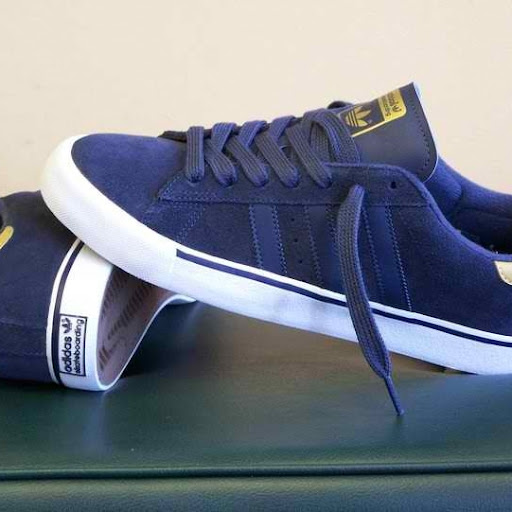
John Teufel

John Teufel
Flickr
Get Report for John C Teufel from West Long Branch, NJ, age ~63















